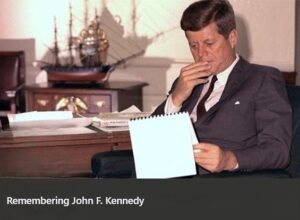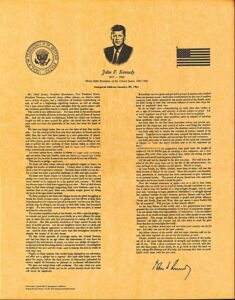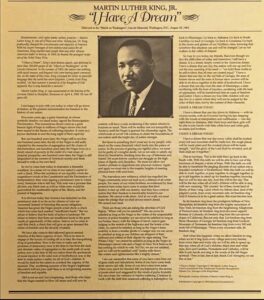The New York Times faced criticism for referring to women as “non-transgender women,” which some see as an attempt to be inclusive. But it is a further 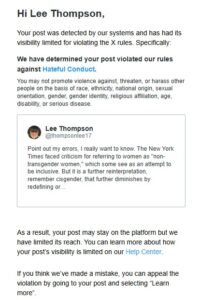 reinterpretation, remember cisgender, that further diminishes by redefining or eliminating the term “woman” by making it contingent on not being transgender. The New York Times is not alone in this.
reinterpretation, remember cisgender, that further diminishes by redefining or eliminating the term “woman” by making it contingent on not being transgender. The New York Times is not alone in this.
The use of “non-transgender women” instead of “cisgender women” or simply “women” in New York Times articles makes transgender women the default or primary category of women, with cisgender women now being a qualifier term, even though a cisgender woman is someone who was assigned female at birth and identifies as a woman, but in a way twice removed.
That sounds odd to state it that way, but a cousin twice removed may not make sense, which someone is free to point out. Legally, the term “removed” refers to the number of generations apart, not the degree of cousinship, first, second, etc.
make sense, which someone is free to point out. Legally, the term “removed” refers to the number of generations apart, not the degree of cousinship, first, second, etc.
The number before “cousin” (twice removed) indicates how many generations back you must go to find the common ancestor relative to the closest common generation. For example, “second cousin” means you share great-great-grandparents, as “second” points to the second generation of grandparents.
 I don’t understand it; I know it from law school. My analogy, right or wrong, is that “woman” is twice removed from “non-transgender women” with “cisgender” in the middle, two generations of words apart.
I don’t understand it; I know it from law school. My analogy, right or wrong, is that “woman” is twice removed from “non-transgender women” with “cisgender” in the middle, two generations of words apart.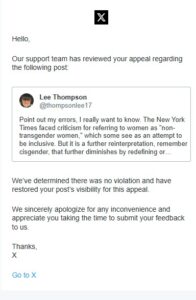
With the default being “non-transgender women” for “women” is like referring to “sane people” as “non-crazy people.” If you followed this, give yourself a pat on the back.
If you disagree, or the analogy doesn’t make sense, email me.


